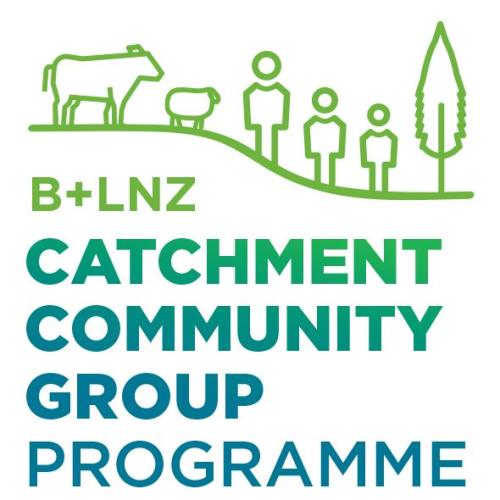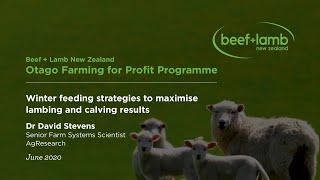Search results
Displaying 741 - 750 results of 1456
- Podcast… Programme webpage . Learn more about the farmer speakers and their groups . … Group (CCG) forum, we talk with a group of farmers about their groups, why they were …

- Other PDF… blnz regional case study southland case study farm russell janine drummond winton 810ha … likely impact interventions would have using farmax management options were considered … restrictions have caused major problems some farmers case study examines issues analysis …
- Page… is key to supporting a resilient hill country farming future. … Legumes: The powerhouse of pastoral farming Legumes can transform farm … (PDF, 1.3 MB) AgYields: Supporting pasture planning decisions AgYields is a powerful tool …
- Resource book… zealand parasite management strategies your farm tools monitoring parasites risk factors … what consider each month due variation farm systems environments around new zealand … when carry out certain tasks thank you our farmers generously providing amazing images …
- Video… and supplements and answers questions from farmers. … On this Beef + Lamb New Zealand Farming for Profit webinar, AgResearch’s Senior Farm Systems scientist David Stevens shares …
- News… works well for North Canterbury hill country farmers James and Tom Maxwell. …

- Podcast… and what it found – opportunities for dairy farmers, calf rearers and beef finishers. … produce calves from dairy cows, improve dairy farm profit and at the same time produce a …

- Podcast… is Head of Analytics at NZX and a former KPMG farm enterprise specialist. We caught up with … Is change really more significant for farming now than ever before, or does it just … it? Plus, if she won Lotto, would she buy a farm, and if so, what sort? Follow Julia’s …

- Factsheet… 0800 beeflamb 0800 233 352 wwwbeeflambnzcom farmers farmers snow guidelines fact sheet 9 1 … more information see lnz factsheet 68 feed planning tough winter feedsmart app can also …
- News… shows there is a stark contrast between on-farm performance and farmer sentiment. While the focus of the … also provides an insight into the challenges farmers are facing and their sentiment. The … Farmers performing well despite external …

